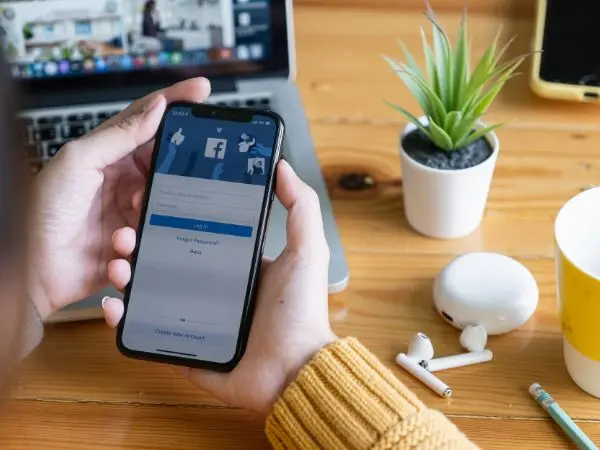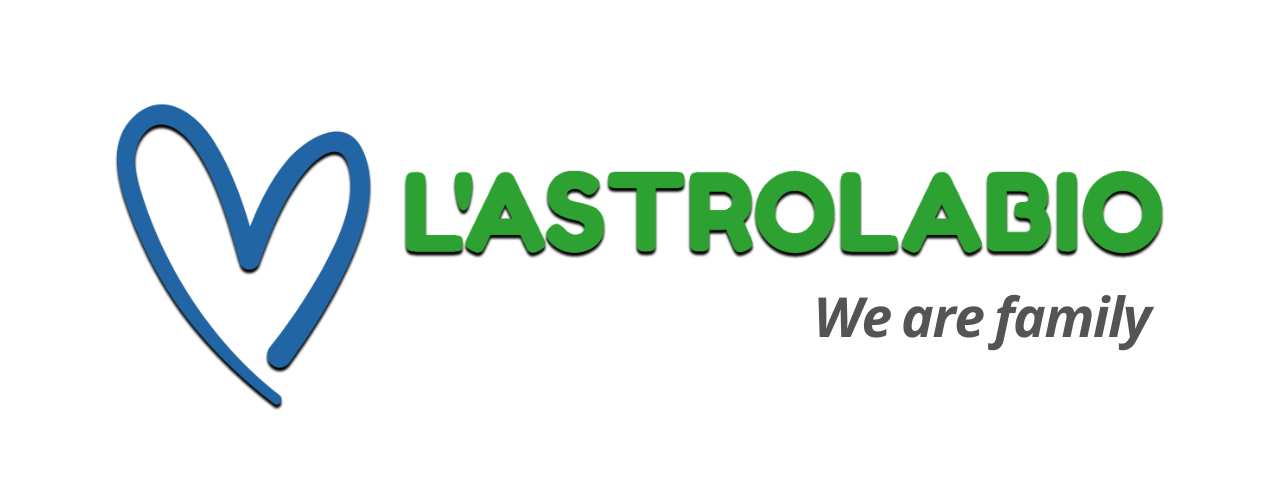How can social media be used to help students learn foreign languages and boost their educational potential?
It’s no surprise that social media has changed how we all communicate, share information, and find entertainment. Platforms such as Facebook, Instagram, and TikTok are now widely used to stay connected and explore the world.

At the same time, social media has become a useful tool for learning and improving foreign languages, both directly and indirectly.
This is because these platforms offer the chance to interact with people from anywhere in the world. In this way, anyone can chat with others in different languages, offering help and support to one another.
Indice dei contenuti
How to use social media to learn languages
Social media platforms are no longer just spaces for chatting or posting photos. They are now valuable educational resources. Learning a new language has become more accessible thanks to the variety of content available on these platforms.

One of the biggest advantages of social media is the wide range of content. Users can follow accounts, pages, and groups that post in their areas of interest — in any language.
For someone learning a second language, following accounts that share educational content, news, podcasts, videos, and blogs in that language can be very helpful. Exploring different topics not only expands your vocabulary but also allows you to listen to different speech styles and accents.
Following language teachers
Many teachers and language experts now share useful tips, techniques, and learning resources on social platforms. They often post videos, tutorials, polls, and challenges aimed at helping their followers improve their language skills. Following these kinds of profiles can provide structure, motivation, and a sense of community — all of which make learning more effective and enjoyable.
Taking part in conversations
Joining conversations on social media — through comments, messages, or even voice and video calls — can significantly improve your speaking and communication skills in a foreign language.
Being active in discussions helps students practise forming sentences, expressing ideas, and understanding replies. This creates a stronger link between what you study and how the language is used in real life.
Following hashtags
Many social platforms host language-related challenges and hashtags. On Instagram and TikTok, for example, you can find challenges where people create short videos speaking in English about specific topics.
These activities not only help improve spoken language skills but also encourage creativity and boost confidence when using a new language.
Watching educational videos
Video-sharing platforms such as YouTube are full of educational content. Language learners can find channels offering grammar lessons, pronunciation tips, language games, and real-life conversations.
Watching videos in English or another target language exposes students to natural speech patterns and real-world usage, making it easier to take part in conversations.
Creating content in English
To actively practise writing and speaking in another language, students can create their own content — for example, by writing captions, posts, or making short videos.
This is an excellent way to build confidence and strengthen your grasp of the language.
Learning English on Facebook
Facebook, one of the most popular social platforms, offers many opportunities for learning English. Getting involved with content and connecting with other learners can turn time spent on the app into valuable language practice.

A simple first step is to change your Facebook settings to display the interface in English. This small change creates full language immersion, as reading every menu item and notification in English helps you learn new words every day.
Connecting with English-speaking peers is also useful. These interactions expose you to natural language use and help you understand expressions, idioms, and common conversation patterns. Writing status updates or posts in English encourages engagement with international friends and followers, opening up even more chances to learn.
However, being consistent is essential. Dedicating a set time each day — even just fifteen minutes — to engage with English content on Facebook, such as reading articles, watching videos, or commenting on posts, is key to making real progress.
Using WhatsApp and Telegram to learn languages
Messaging apps such as WhatsApp and Telegram are used by billions of people worldwide. They are convenient, flexible, and can be excellent apps for language learning. As with other platforms, changing the language settings to English can be a helpful first step.
Telegram, in particular, offers thousands of groups based on specific interests. Joining language exchange groups, which include native speakers or fluent learners, gives you the chance to practise listening, speaking, and writing. Through text chats, voice messages, and video calls, you can strengthen your skills in a practical and interactive way.

You can also create a group chat with friends or classmates to practise reading and writing in the target language. A vocabulary-sharing group is another great idea, where everyone can share new words and phrases with their meanings and examples to help each other grow their vocabulary.
Sending voice messages helps with pronunciation and fluency. Language quizzes and games shared in groups also encourage participation and make learning new words fun. Giving and receiving feedback on messages is also helpful, as it allows learners to identify and correct mistakes.
Improving language skills with Instagram and TikTok
Instagram and TikTok are the most popular social platforms among young people. While they are often used for entertainment, they also offer many ways to improve language learning through images, videos, and captions.
Following accounts that post in a foreign language — especially those related to your interests, such as travel, food, fashion, or hobbies — can be very motivating. Interacting with this kind of content helps with understanding both written and spoken language, making learning feel natural and enjoyable.

For example, students learning English can use hashtags such as #EnglishLearning or #LearnEnglish to find posts and accounts that share tips, vocabulary, and learning resources. Watching reels, videos, and live sessions helps you learn new expressions and idioms. Many of these videos include subtitles, which makes it easier to understand. They also help improve listening skills and expose you to different accents and speaking styles.
Some influencers who teach languages often post interactive content such as quizzes or short practice tasks in their stories. Others speak more casually, using slang and informal language, which helps you learn how to use a foreign language in everyday situations.
Social media and language practice: two peas in a pod
Social media has changed the way we learn and access information. These platforms are versatile and can definitely be used to our advantage — even when it comes to language learning.

The interactive nature of social media naturally encourages regular practice. This helps learners become more fluent, improve their understanding, and feel more confident when using a foreign language. In this way, online interactions turn into valuable learning opportunities, and language learning becomes a natural part of daily life.




